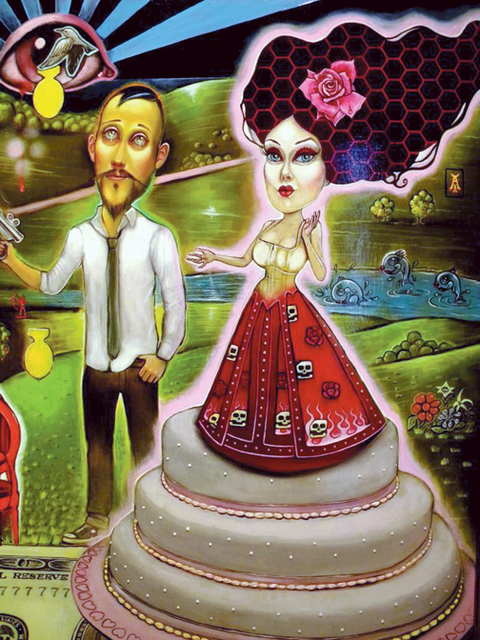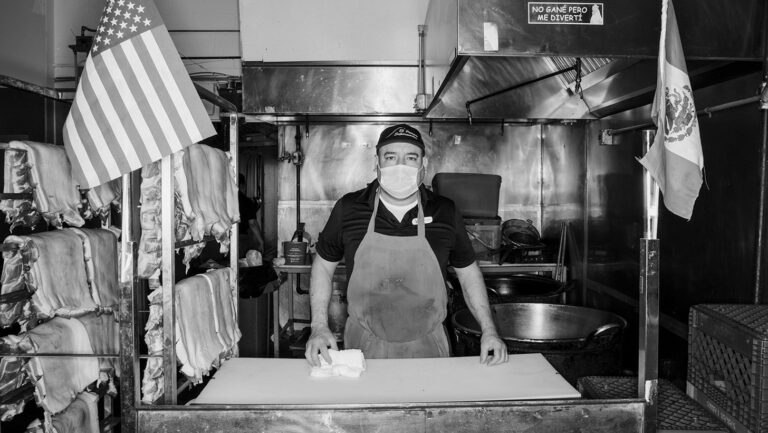Albuquerque Now: Winter
Runs through April 18 Albuquerque Museum of Art and History2000 Mountain NWcabq.gov/museum, 243-7255Albuquerque Now: Winter


Detail from Antonio Roybal’s “One World”

The writer’s favorite wall








